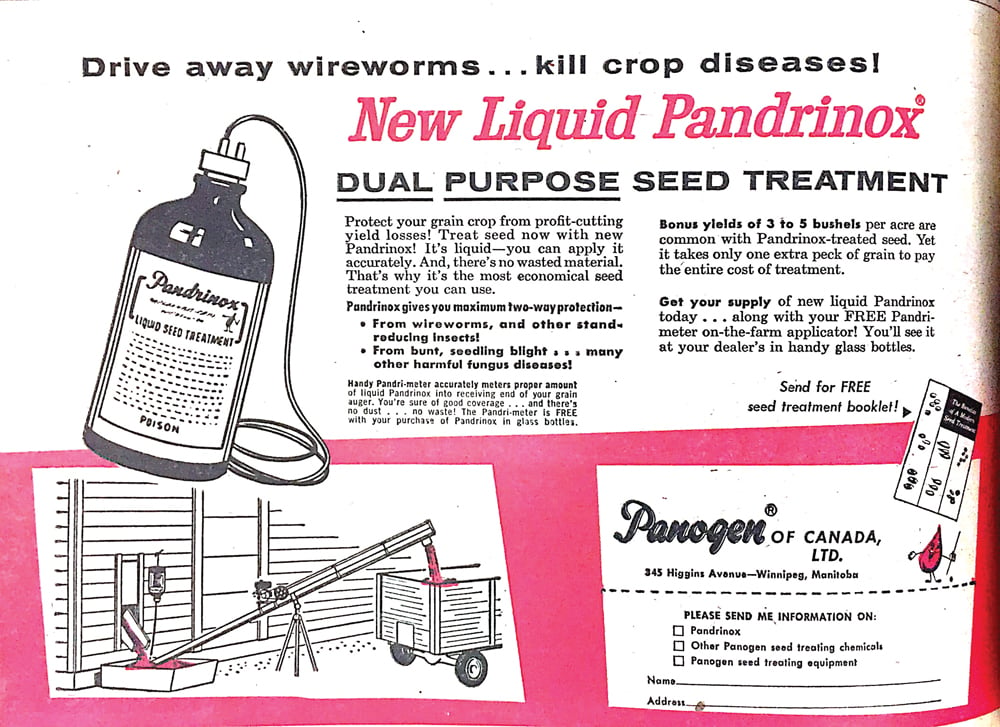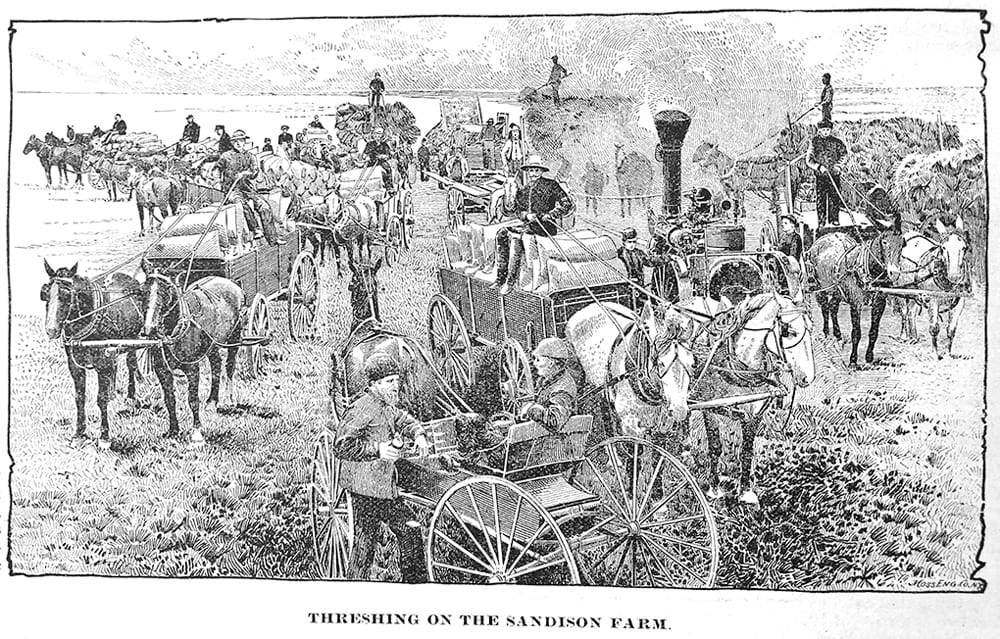“There is an existing industry here. We’re not asking for handouts or free money.”
– JOHN BOTTOMLEY
Something smells fishy to John Bottomley of Agassiz Aqua Farms and it’s not his fish barn.
The fish producer who has been working to establish an industry in Manitoba is outraged at a government announcement that one “inexperienced chicken producer” would be given a large government grant to set up a model fish farm.
As president of the Manitoba Aquaculture Producer’s Association, he spoke out about the recent announcement and what he referred to as a “veil of secrecy” surrounding it. Prior to this, he said the Doer government “has refused to help the existing aquaculture producers in the province with any form of measurable assistance.”
Read Also

Tighter antibiotic rules changed little for beef sector: research
Canadian beef farmers have needed their veterinarian to write a prescription for antibiotics since late 2018, part of efforts to fight off antimicrobial resistance. Producers haven’t had to change what they were doing much.
The project funded by federal and provincial governments is projected to produce an annual harvest of about 100 tonnes of rainbow trout in Manitoba.
Agr i cul ture, Food and Rural Initiatives Minister Rosann Wowchuk announced the project along with the Honourable Gail Shea, minister of Fisheries and Oceans Canada. The recipients were Riddells’ Roasters Inc. in Warren, owned and operated by Rudy and Leslie Reimer, who will be investing approximately $350,000 of their own. The rest will come from the Partnership for Sustainable Freshwater Aquaculture Development ( IPSFAD) , Fi sher ies and Oceans Canada’s Aquaculture Innovation and Market Access Program (AIMAP).
The project will cost $1,185,501.
Selective support
Bottomley said that while the funds will help the Reimers, it will “do little, if anything to help the industry as a whole grow and prosper.”
Rudy Reimer said he and his wife were looking for a way to grow their farm business beyond the roaster chicken business. They plan to keep their chicken business and expand into trout. Reimer hopes to have the first fish in the tanks by spring, with the first “harvest” 12 months later.
He credited his wife for the idea and information from the province and MAPA. It was a MAFRI representative who told them about a group want ing to set up model fish farms across Canada. The Reimers were encouraged to come up with a pitch and had an existing building ready to use for tanks. The project includes a full-time salaried farm manager for 2-1/2 years. Data about water quality, manure spreading and the cost effectiveness of the business will be collected.
“We’ll be at an advantage to begin with because the government is actually paying for a lot of the capital costs,” Reimer said.
Waste
It’s that advantage that Bottomley thinks was a waste of taxpayers’ money. He said more could have been accomplished if the money had been used to build the industry. He has been lobbying the province for access to affordable insurance, possibly through Manitoba Agricultural Services. Bottomley said quotes from other sources pegged the cost at about $1 a pound -a cost he cannot afford to pass along to his customers.
He said existing farmers would like support to expand their operations and gain access to extension support in the areas of fish health, nutrition and husbandry.
“There is an existing industry here,” he said. “We’re not asking for handouts or free money.”
Bottomley said because he spoke out against setting up model farms due to the existence of established aquaculture in Manitoba, he was not invited to further consultations. His farm, once the Rockwood Hatcheries and property of the federal government, was considered a world-class facility.
University of Manitoba Professor Terry Dick, who worked at the Rockwood Hatchery for years, said the
government of Canada let this facility close because the research taking place was ahead of its time. In spite of Dick’s efforts to have it established as a teaching and training centre of excellence, the fish farm was shut down. He was shocked to see the government make the announcement as if the fish farm idea was new to Manitoba.
“There is enough of an industry that the government just ignored,” he said.
Small industry
Dick said they could have established 10 farms rather than one with the money available. He questioned the establishment of an experimental farm, when the industry is small. “It’s got to
be driven by the questions and the needs of the industry,” he said. He is disturbed that he and Bottomley weren’t even invited to the announcement considering the vast wealth of knowledge they have.
“I don’t think this is the minister’s fault. I think she’s getting bad advice,” said Bottomley.
Wowchuk said the new fund was set up by the federal government and she was thrilled a Manitoba project was chosen.
She said it is impossible to offer insurance through MASC at this time because the industry is still too small.
“There will be new applications taken. We have lending available for someone wanting to get into aquaculture,” she said.
Criteria was varied but she said funding will be available for more projects. “If somebody has an idea of how to grow an industry, we’d be quite willing to talk to them,” she said. “The fish market is huge around the world.
Linda MacNair, chair for Manitoba Rural Adaptation Council, said they see this as a positive step toward moving the industry forward.
“You’ve got to start somewhere. Aquaculture and agriculture can coexist,” she said.
MRAC had been involved in helping with the industry push, but decided to pull back and let the MAPA take the lead.


















